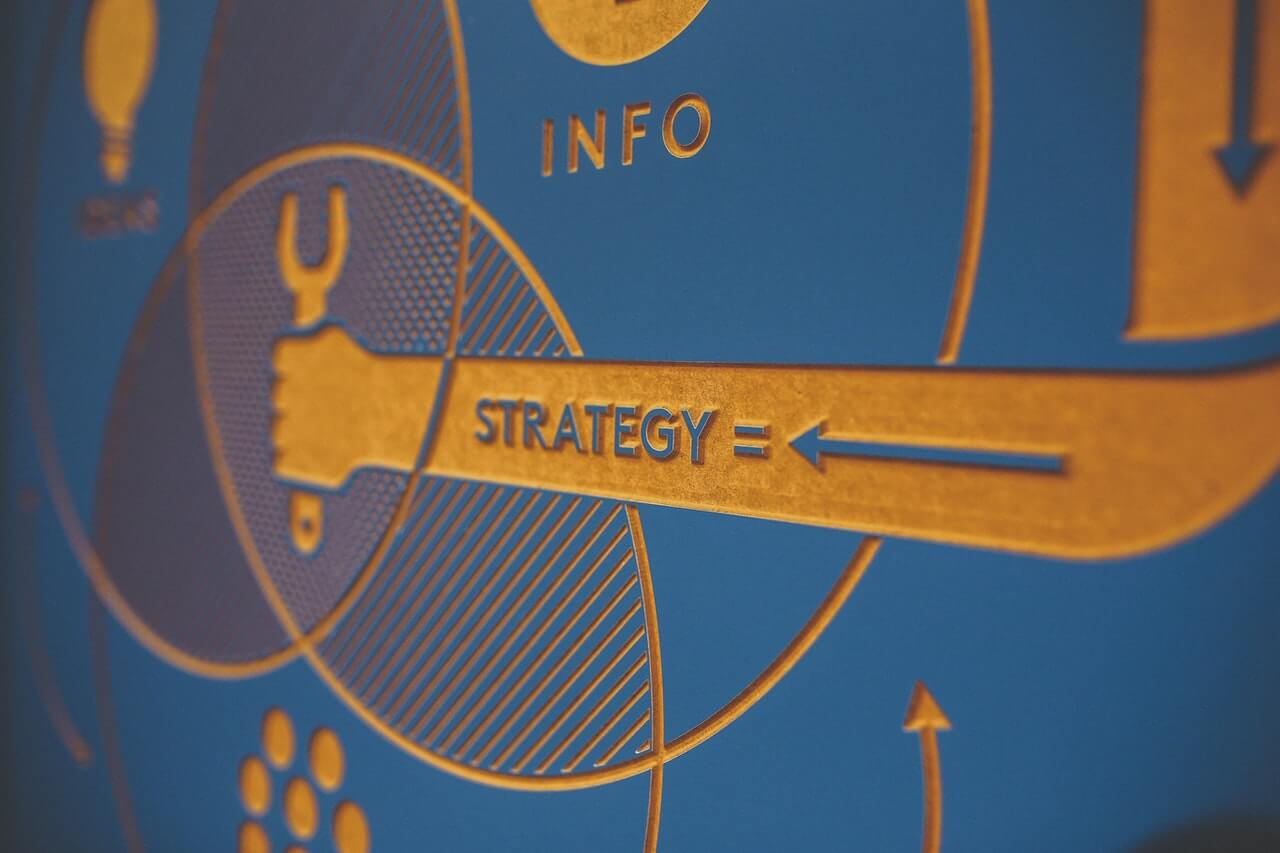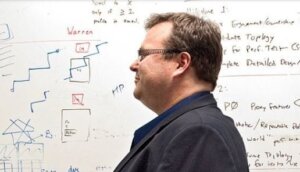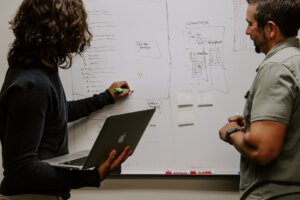As you take on strategy development, a critical step is to ensure that you and your team have a common understanding of the language of strategy and a solid process to carry you through strategy development.
It is important to put the language and process in place early to avoid the confusion, debates and the wasted time that comes from a lack of agreed upon approach and definitions.
The Drivers Model is the tool I have been using for over two decades to provide a robust yet simple method for taking an organization through strategic planning, project planning, program planning and numerous other planning activities.
The Drivers Model is fully scalable and applies to Fortune 500 companies, non-profit organizations and government agencies, as well as an entire enterprise, a business unit, a field office, an individual department, or a work team.
Let’s start with the four key strategy questions the Drivers Model answers.
Question 1: Where are we today?
The Drivers Model focuses on four core strategic questions starting with, “Where are we today?” Start by looking at the current situation’s strengths and weaknesses.
Question 2: Where do we want to be?
After understanding where you are, the next step is to understand where you want to be. In this step, you create your vision of the future.
Question 3: How do we get there?
Once you have created your vision, you are ready to turn to defining your drivers – the actions you will undertake to drive your success. Your drivers have to do two important things. First, the reason you are where you are is because there are certain barriers standing between you and your vision.
Your drivers must break through those barriers. Second, along with overcoming barriers, the drivers must also address the critical success factors (CSFs). The Drivers Model defines CSFs are those key conditions that must be created to achieve the vision.
Question 4: How will we monitor our progress?
Monitoring is critical to ensure that you stay on track. Monitoring also allows you to make adjustments along the way as you learn new information, encounter new barriers or identify other critical success factors. But perhaps most importantly, monitoring keeps you motivated.
Typically, it takes considerable effort to move from where you are today to where you want to be. The monitoring process helps keep your vision in front of you and can give you the continual motivation needed to implement the drivers.
These critical questions provide the foundation of the Drivers Model and guide a group during the strategic planning process. In my book The Executive Guide to Facilitating Strategy, I apply these questions using an example of my wife and me seeking to buy a house. How would you answer these questions if you were considering buying a house?
________________________
Certified Master Facilitator Michael Wilkinson is the CEO and Managing Director of Leadership Strategies, Inc., The Facilitation Company and author of the new The Secrets of Facilitation 2nd Edition, The Secrets to Masterful Meetings, and The Executive Guide to Facilitating Strategy. Leadership Strategies is a global leader in facilitation services, providing companies with dynamic professional facilitators who lead executive teams and task forces in areas like strategic planning, issue resolution, process improvement and others. The company is also a leading provider of facilitation training in the United States.
 Sections of this topic
Sections of this topic















